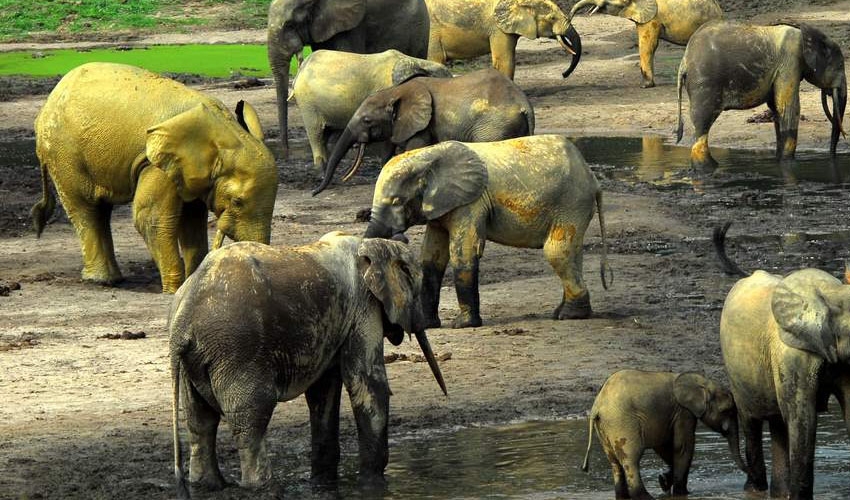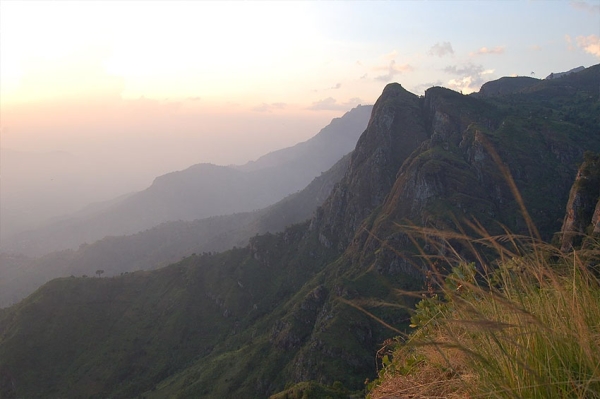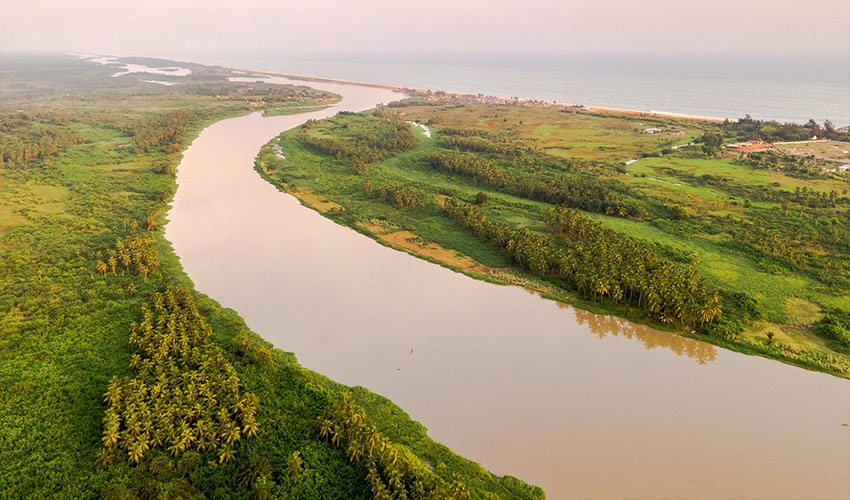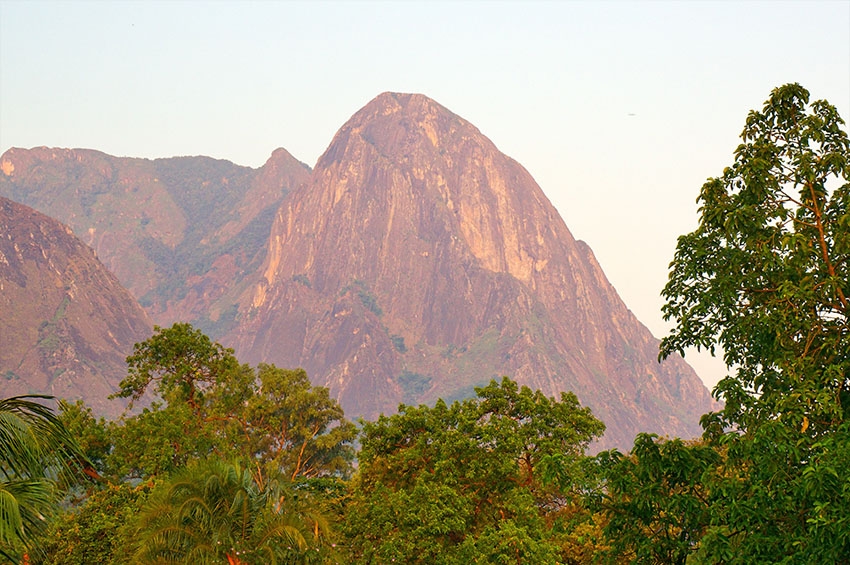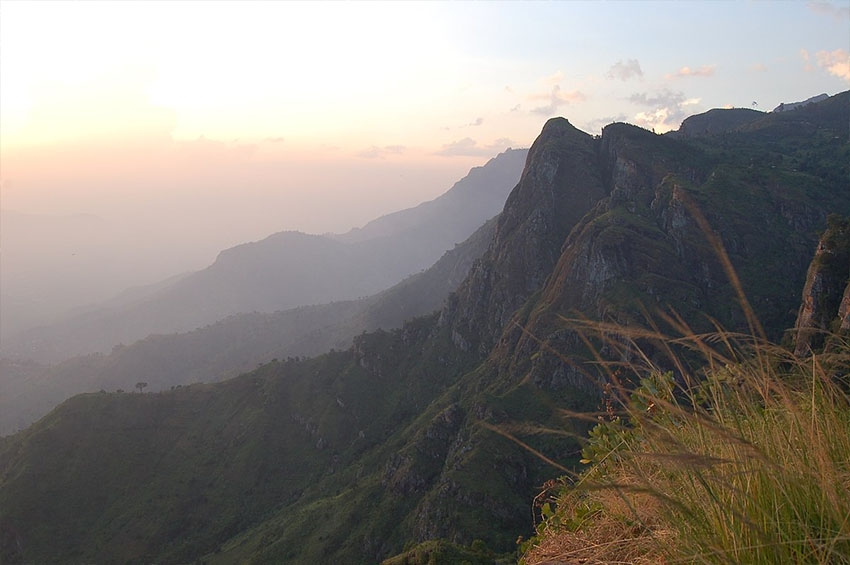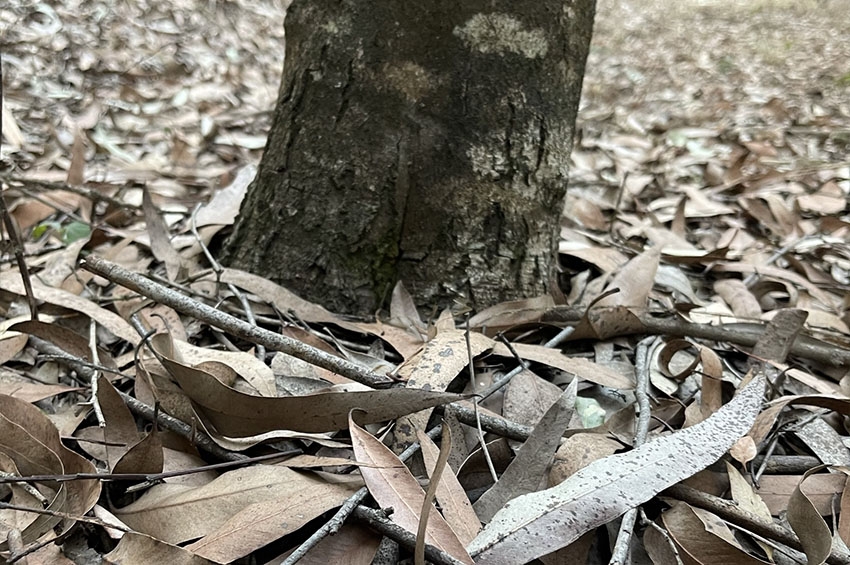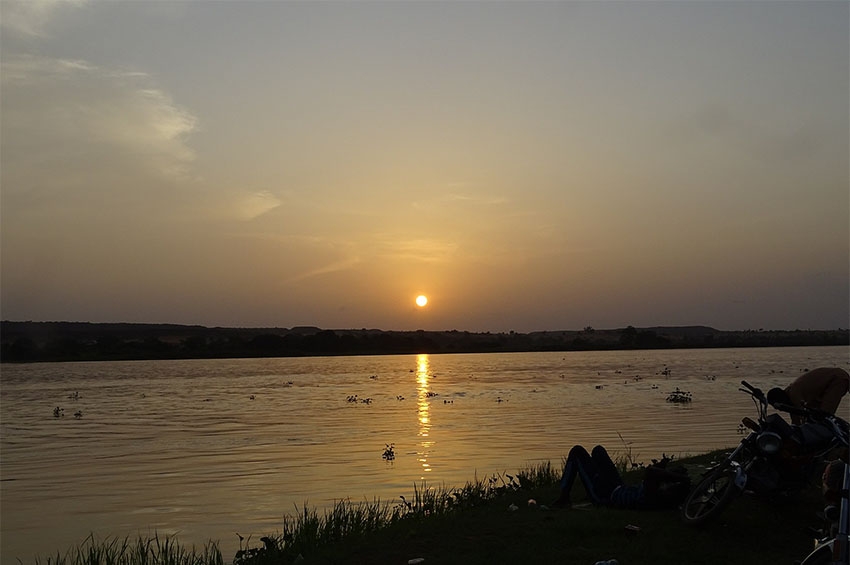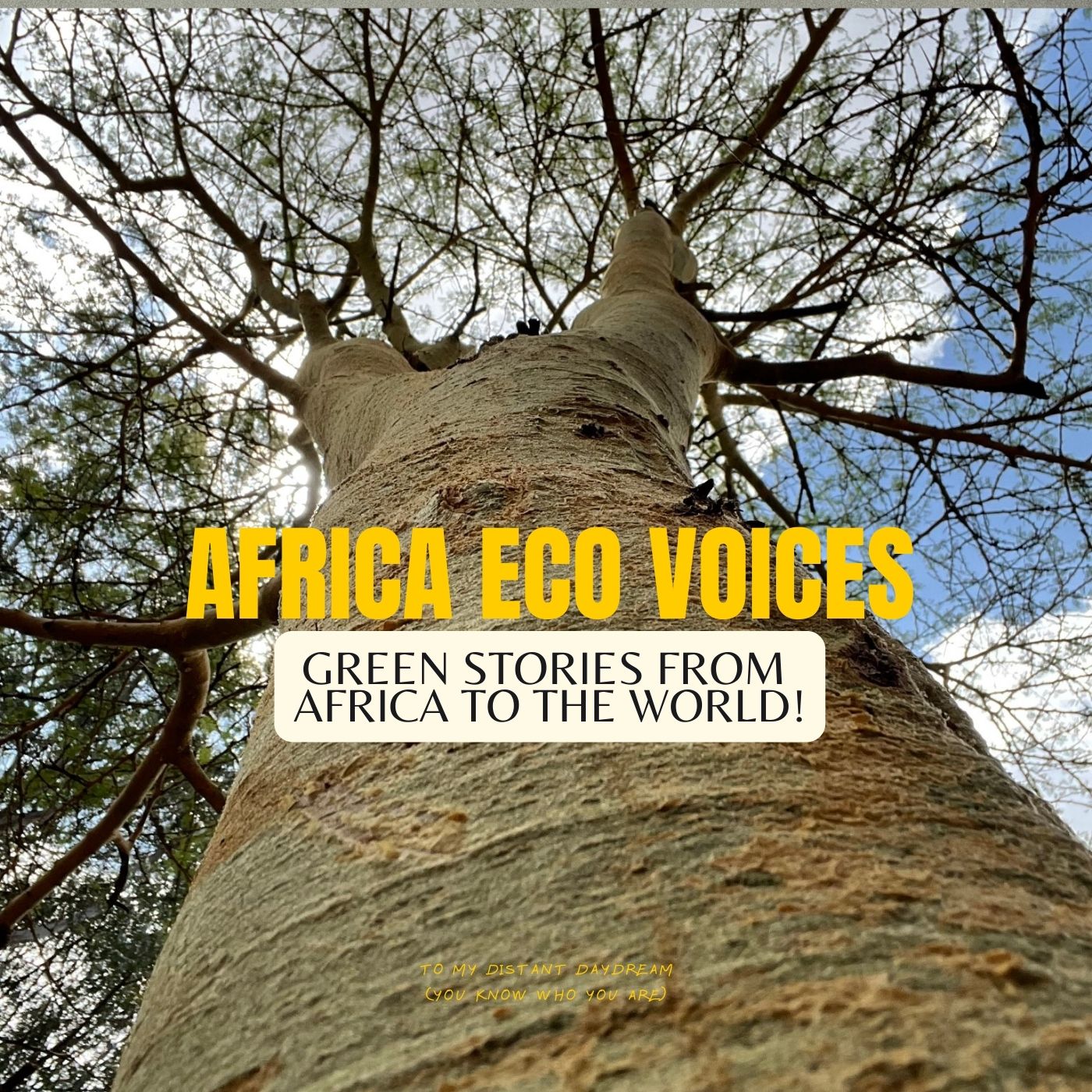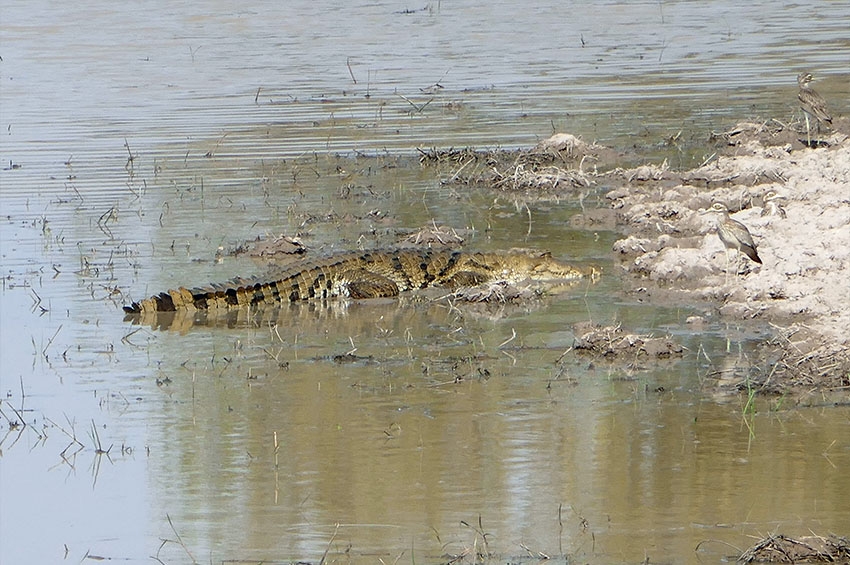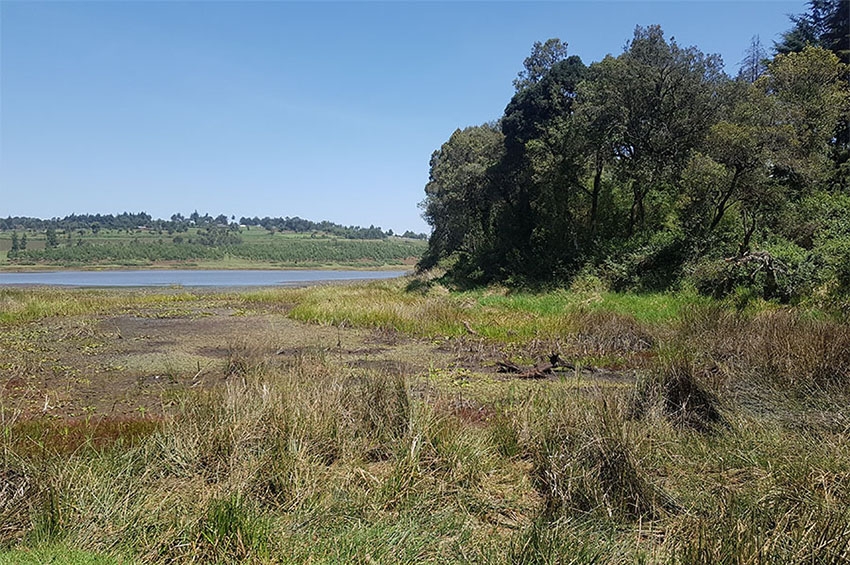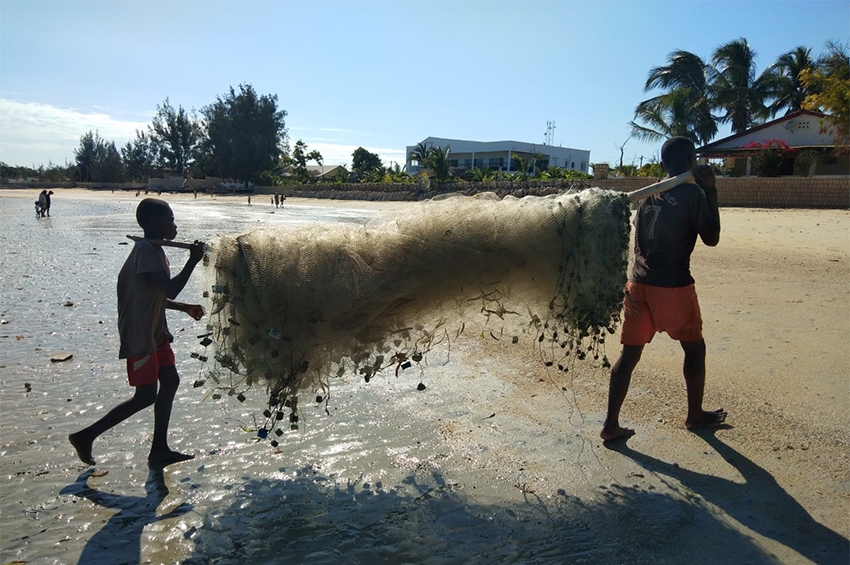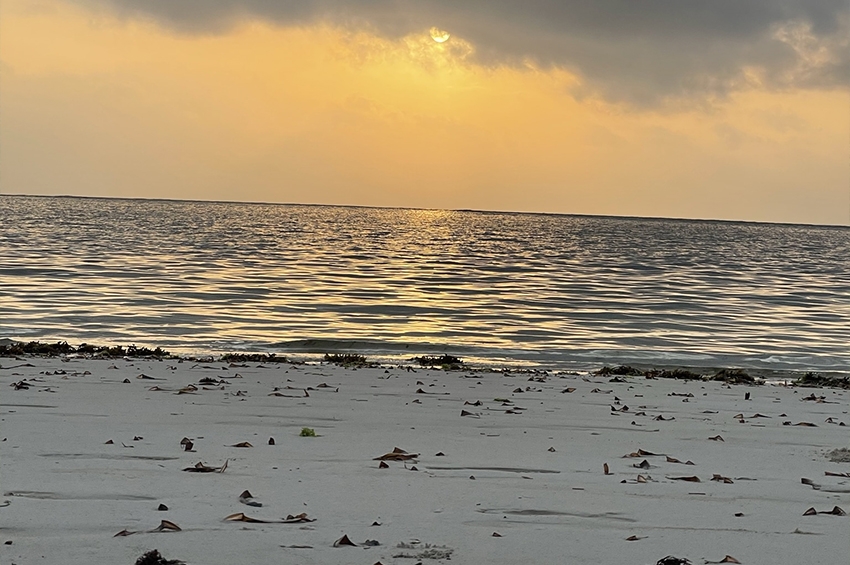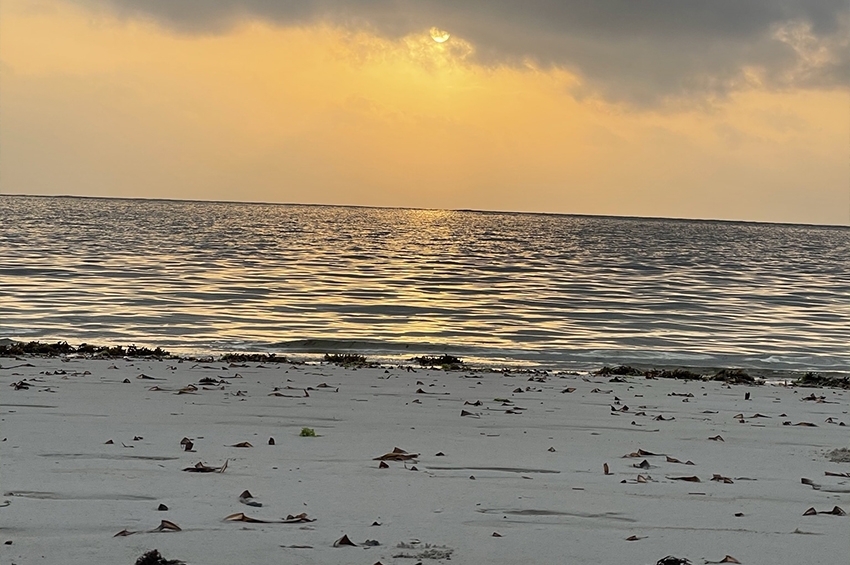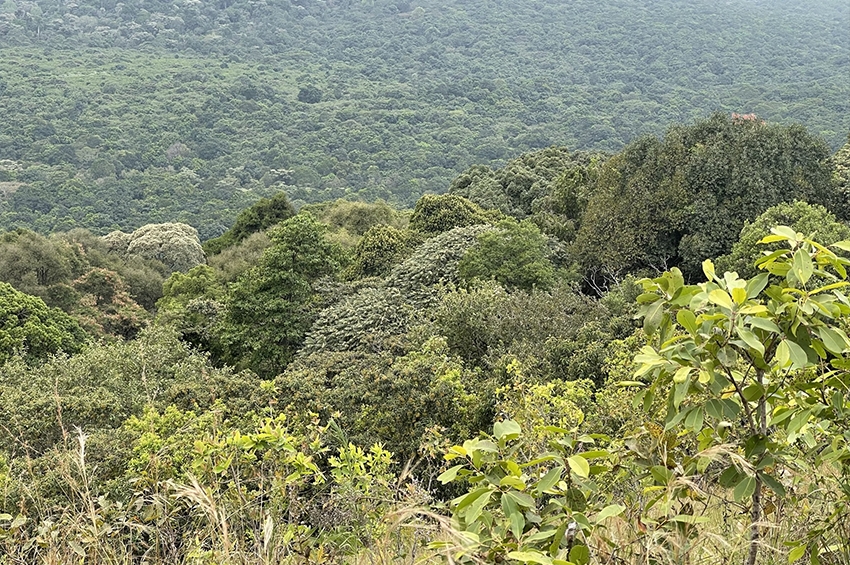As I travelled to north-eastern of Tanzania I was amazed with the beauty of Usambara Mountains, a part of isolated ancient crystalline Eastern Arc mountains which stretch in a broken crescent from the Taita hills in southern Kenya down to Morogoro and the southern highlands of Tanzania. This chain of mountains was formed by repeated uplifts and faults and is under direct climactic influence from Indian Ocean. They are estimated to be at least 100 million years old and the rocks forming them may be as much as 600 million years old. The Usambara ecosystem is divided into two sub-ranges, these are the West Usambara and the East Usambara.
Driving on meanders road, hill after hills and mountain after mountains in Lushoto I involuntarily closed my eyes and enjoyed the great feeling of breathing so fresh and pure oxygen from healthy forest of Usambara Ecosystems. I felt being in imagination land, but it was true that I was in different part of world where I could feel being connected to nature so easily just like automatic Wi-Fi connection.
Usambara Ecosystems as part of the Eastern Arc Mountains is globally important because they have so many endemic plants and animals. They are truly exceptional in global terms as has been recognized by many organizations including Conservation International, World Wide Fund for Nature (WWF), Birdlife International and the World Conservation Union (IUCN) as biodiversity hot spot.
The Usambara Mountains have been likened to the African equivalent of the Galápagos Islands – Ecuador in terms of their endemism and biodiversity. Therefore, it is considered one of the most important forest blocks in Africa. The mountains are home to an exceptional assortment of plants and animals and represent one of the highest degrees of biodiversity on the continent.
Flora and fauna of the Usambara Mountains of the approximately 3450 species of vascular plants recorded in the Usambara Mountains, over one quarter are likely to be endemic or near-endemic. In addition to the variety of plants, the mountains host several endemic or rare fauna species, including the Usambara eagle owl, a viviparous frog species, 15 wild relatives of coffee and 20 African violet species.
It was great to hear from residents of Usambara mountains with regards to this biodiversity hotspot that I am inking now. I met Zarina Amosi (51) from Mlalo, West Usambara, on our talk we pointed out that she recognizes the importance of Usambara ecosystem to her life as well as to whole mountaineers’ community. “We solely depend on rain-fed agriculture and water catchments from this ecosystem for farming, so this awesome natural environment is important to all of us as heartbeats. Tourism industry also motivating us to conserve the environment as it provides source of revenue for government, private sector and individuals”.
Usambara Mountains Ecosystem is not free from human induced environmental challenges, despite of its vital role in supply water to millions of Tanzanians among other benefits, it experiences deforestation through logging activities, increasing clearance of forest areas for small-scale farm plots and burning building blocks. Invasive alien species are also challenging this world class biodiversity hotspot, and these are mostly flora for example Clidemia, Lantana, Grevillea, Casuarina, Cinnamomum and Cupressus.
In other end, few organizations that are working in this area mentioned that some of the roads are not safe during the rain seasons, so it slows their service provision and outreach to communities.
The climate and weather of Usambara mountains ecosystem opens numerous opportunities that residents can benefit from them in different ways, in my discussion with Isaac Nyawenda (50) a Project Officer from Ongawa, who work in East Usambara he shared that spice farming is great opportunity that is not fully exploited in Eastern Usambara by residents, the area is supporting growth of several spices’ species. In current state most of residents are not applying good soil conservation techniques so Isaac and his colleagues are supporting community on good land use planning and conservation of Usambara Mountains Ecosystem.
From West Usambara, I met my longtime friend Edith Benedict (33) from Kwebalasa Village, she affirmed the importance of Usambara mountain ecosystem both for supporting livelihood and nature welfare. When I asked her about opportunities she explained “I see more opportunity of having alternative source of income rather than depending solely on two farming seasons annually, pottery making, weaving and vegetable farming are some of significant opportunities I see that our people can grab as market is no longer a challenge nowadays. Our climate is extremely friendly for vegetables, yet the demand is growing day after day so opting to these activities among others will reduce dependence on biannual yield of staple food particularly maize as source of household income.”
Zarina Amosi who is tourism industry stakeholder she added that “I see we have not explored the tourism potential fully probably there are cultural, traditional and religious bottlenecks where some people think tourism cannot bring much for residents but I see the significant barriers is tourism education, If you look at our mountains they are not much different from one in Switzerland or Table mountains in South Africa but have not invested enough here, we don’t have cable taxi here for moving people between mountains. No need of going out there if we can have these facilities locally. That will boom employment opportunities and market our country. My call for government and private sector to unlock all this tourism potentials by investing in Usambara Mountains ecosystem.”
Collective efforts in restoring Usambara Mountains Ecosystem are visible in different parts of this African Galápagos Islands. Number of tree nurseries, conservation projects, researches and government hands are light great hope of sustainability in this area. Local government are enacting bylaws that restrict uncontrolled tree-cutting in their jurisdiction.
One of interesting story of conservation apart from beekeeping in many places also five villages in East Usambara are practicing butterfly keeping. For me it quite interesting innovation on conservation, so I had talk with one farmer named Shaban Mason (38) from Mgambo Miembeni Village. He explained to me that “For butterfly to grow into an adult they go through four stages; egg, larva, pupa and adult so in my business I sell pupa weekly for export to European market. I sell one pupa around 1$ depend on health and quality. I keep my environment natural so as I can retain butterfly and get more pupa, this business helps us to generate income which was not there before. As we speak now, people care much about health of environment because our financial prosperity depends on good state of our environment.”
Is evident that Usambara Mountain ecosystem which is water tower for low land communities is biodiversity hotspot, and it touches lives its of residents in many ways. I my informal talk with friends they shared that in these mountains people use to go for special prayers and before mass adoption of industrial washing detergent residents used to make soaps from some tree species in these forests. All these among many others were possible because of biodiversity richness.
Reference
J.A.Isango. 2007. A Partially Annotated Bibliography of Biodiversity Studies in the Eastern Arc Mountains. Morogoro
Simon, F. Brigitte,N. 1955. Survey of Invasive Weeds Affecting Biodiversity in The Forests of The East Usambara Mountains. Tanzania
Ministry of Natural Resources and Tourism. 2006. Forest Area Baseline for the Eastern Arc Mountains. Dar es Salaam
The Arc Journal Issue 19. 2005. State of the Arc In 2005, Special Issue on Eastern Arc Mountains Monitoring Baselines. Dar es Salaam
Tropical Biology Association. 2007. Field Guide, Amani Nature Reserve. Cambridge

